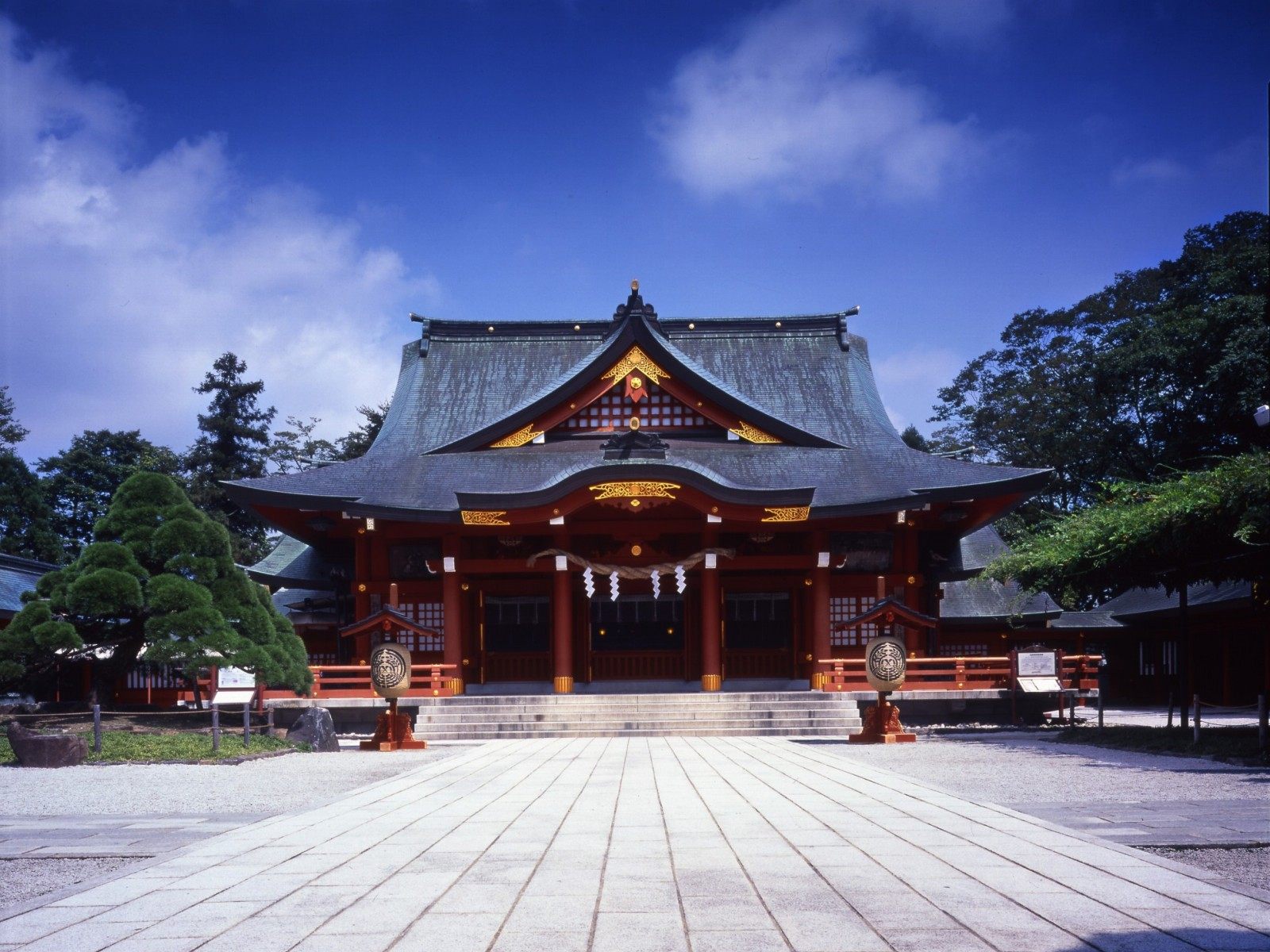比京都伏見稻荷神社還要來得古老已經有1000多年的歷史,也是茨城縣參拜人數最多的神社。

Verified [Verified] denotes information that has been published with confirmation of its owing parties.
Kasama Inari Shrine
The shrine is over 1370 years old and is considered one of Japan's three major Inari shrines. Successive lords of the Kasama domain revered it.
Kasama Inari Shrine, located in Kasama City in central Ibaraki Prefecture, is said to have been built in 651 during the Asuka Period, in the reign of Emperor Kotoku. Along with Fushimi Inari Taisha in Kyoto and Yutoku Inari Shrine in Saga, it is known as one of Japan's three most famous Inari shrines.
The shrine is dedicated to the deity Ukanomitama no kami and has been widely worshiped as a guardian deity of all industries, including agriculture, fisheries, and commerce. The Asano family, involved in the famous Ako Case (Chushingura), were originally lords of the Kasama Domain and moved to Ako when Naganori Asano became the grandfather of Asano Shogun Naganori.
The Oishi family, the chief vassals of the Asano family, also revered Kasama Inari, and Oishi Kuranosuke enshrined Oishi Inari, which he had requested from Kasama Inari in his residence in Ako.
Behind the hall of worship stands the main shrine, a national important cultural property, which was reconstructed in the late Edo period. The shrine pavilions are decorated with magnificent carvings named "Santohappo-Nirami-no-Ryu (a dragon with three heads staring in all directions)" and " Botan-no-kara-jishi (peony lion)." The splendid decoration by the master craftsmen of the time is a beauty not to be missed.
The Nakamise, or the street in front of the shrine, is lined with souvenir stores and eateries. The popular specialties include Inari-zushi (sushi with fried bean curd), a favorite food of the foxes believed to be messengers of the god Inari, and Kurumi-Manju (walnut buns), named after the shrine's sacred tree, walnut.
Highlights
-
The 400-year-old wisteria tree, which blooms with light purple flowers from late April to May every year, can also be seen here.
-
This is the main venue for the "Kiku-Matsuri Festival," (Chrysanthemum Festival) held every year from mid-October to late November in Kasama City.
-
"The Kasama History Exchange Center Izutsuya," located on the street in front of the shrine, provides information on Kasama's history and tourism. The building is the main building of Izutsuya, which used to be a long-established inn, and was renovated from an imposing structure from the mid-Meiji period. Open 9:00am-9:00pm, closed on Mondays (if Monday is a national holiday, the museum is closed the following day).
Photos
-
![Magnificent worship hall welcomes worshippers]()
Magnificent worship hall welcomes worshippers
-
![Tower gate. Its official name is Bansei Tahei-mon Gate.]()
Tower gate. Its official name is Bansei Tahei-mon Gate.
-
![The main shrine with spectacular carvings]()
The main shrine with spectacular carvings
-
![The Ema-den Hall, where large ema (votive tablet) and votive plaques are housed, is a Meiji Period building.]()
The Ema-den Hall, where large ema (votive tablet) and votive plaques are housed, is a Meiji Period building.
-
![Ema-den Hall]()
Ema-den Hall
-
![Wisteria trees planted in the precincts are 400 years old.]()
Wisteria trees planted in the precincts are 400 years old.
Reviews
-
Yan Yan 2000
Details
- Name in Japanese
- 笠間稲荷神社
- Postal Code
- 309-1611
- Address
- 1 Kasama, Kasama City, Ibaraki
- Telephone
- 029-73-0001
- Hours
- Walk anytime
- Directions
-
1) From Kasama Station on the JR Mito Line, take the Kasama Loop Bus for 10 minutes. A short walk from the Inari Shrine bus stop.
*Kasama round trip bus is not available on Mondays.
2) 20 min. Walk from Kasama Station on the JR Mito Line. - Website
- Official Website (English)






